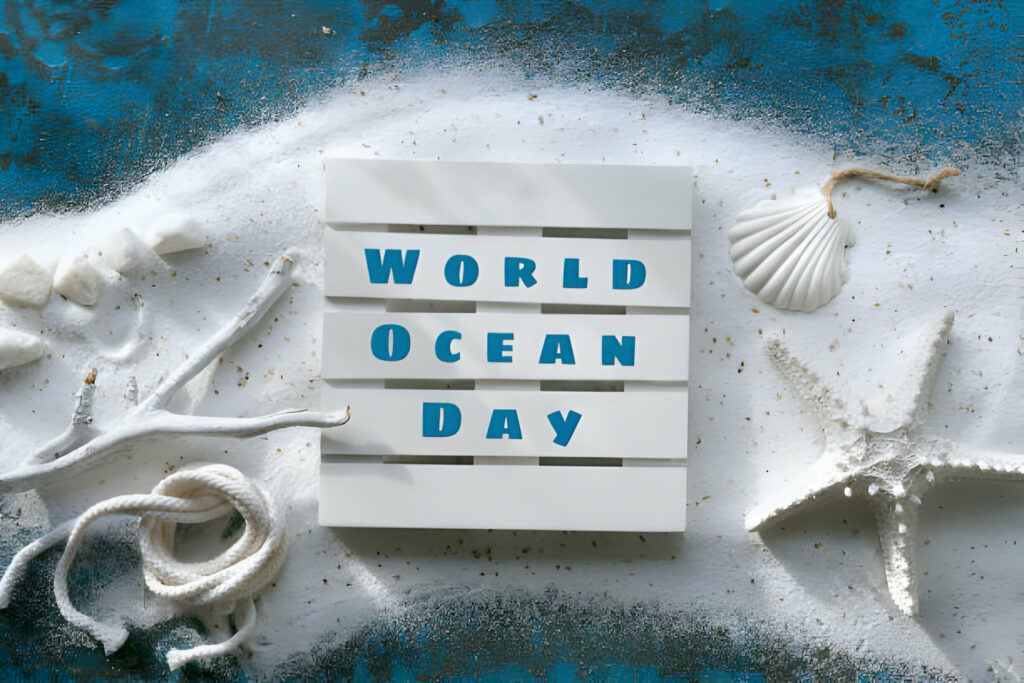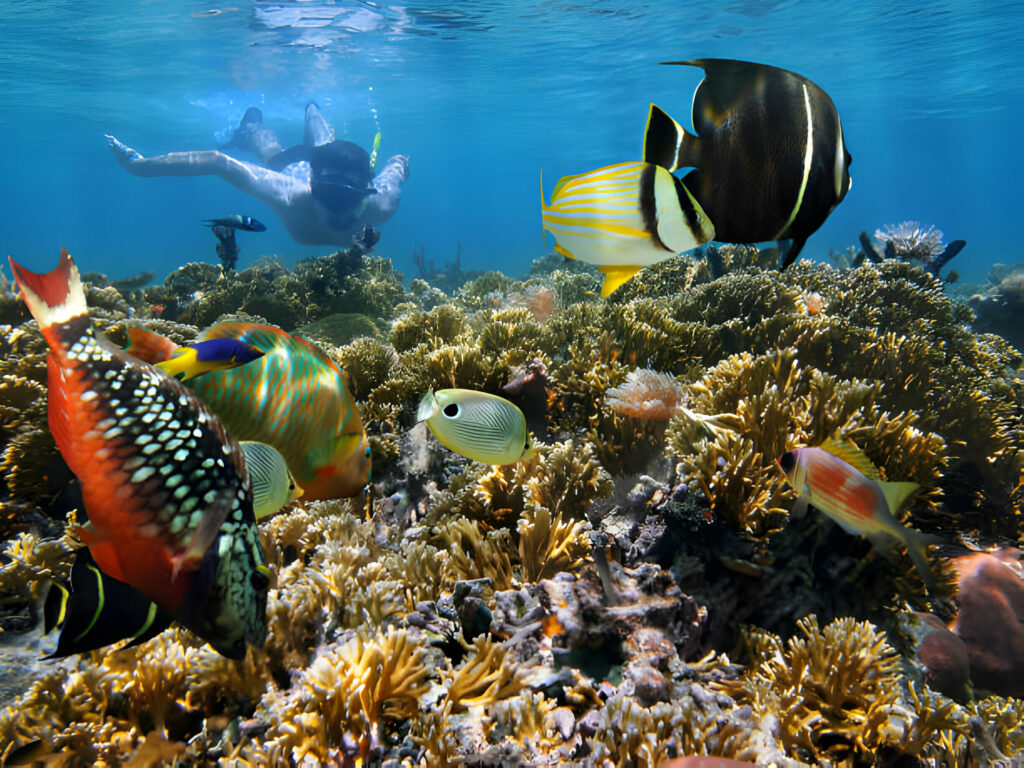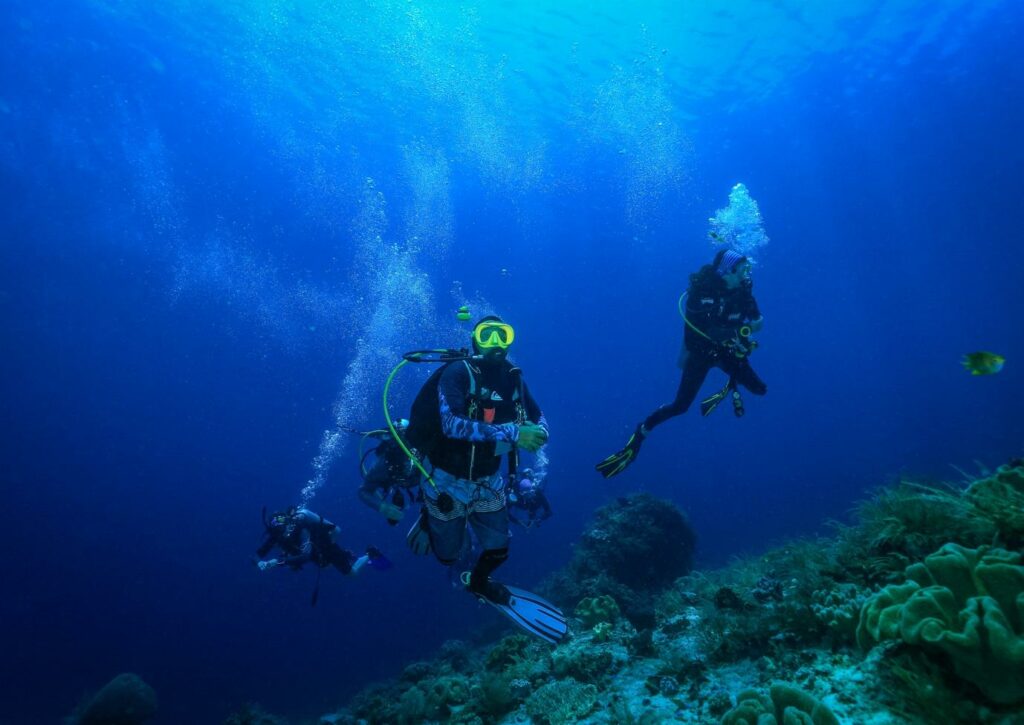What is Ocean Sound and Underwater Noise Pollution?
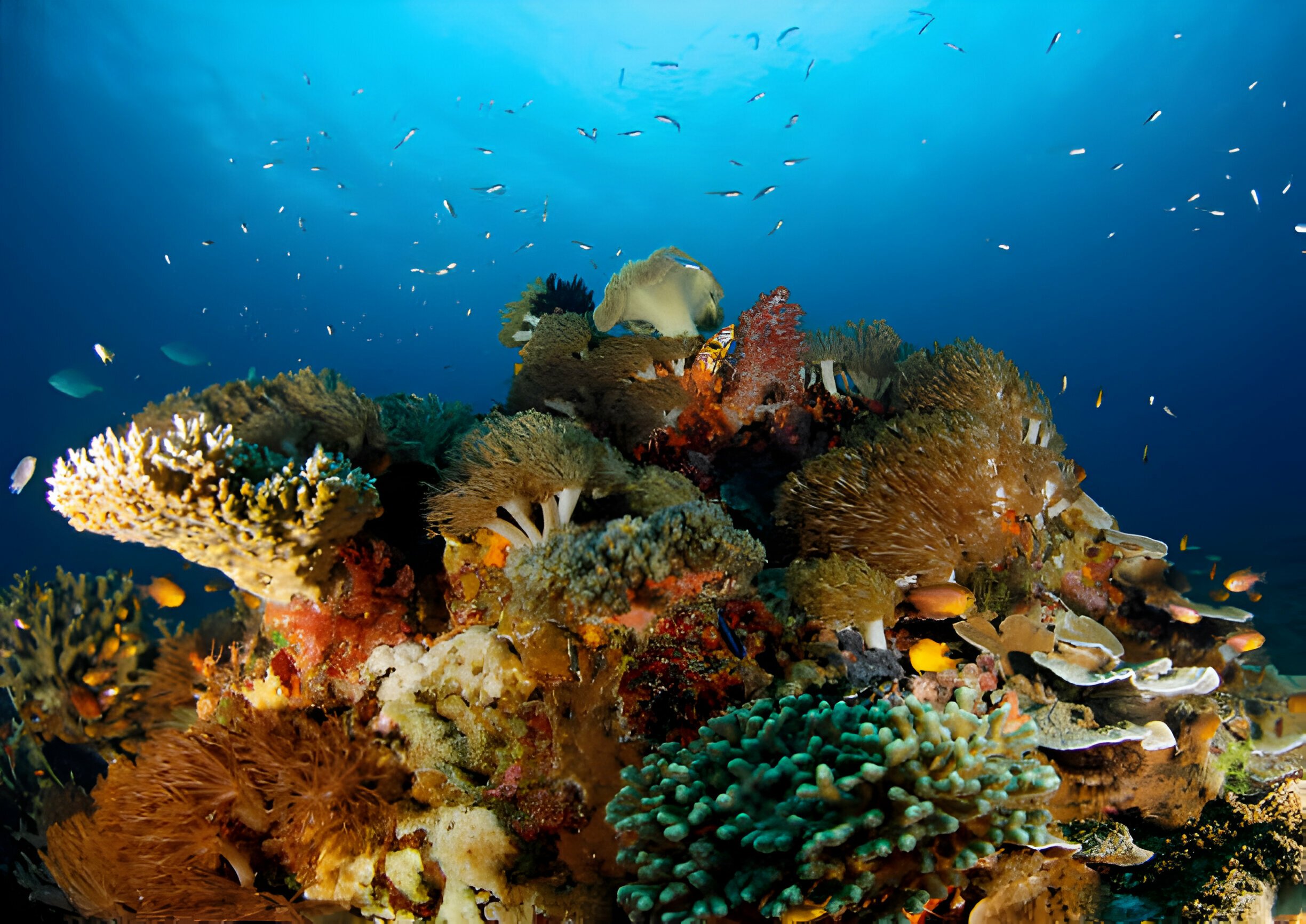
Ocean sound and underwater noise pollution have become increasingly prominent environmental issues in recent years. As the world’s oceans face greater threats from human activity, understanding the impact of underwater noise pollution is crucial to preserving marine life and maintaining the health of ocean ecosystems. In this article, we will explore the concept of ocean sound, the sources of underwater noise pollution, its effects on marine life, and potential solutions to mitigate its harmful effects. Understanding these factors is essential for developing effective strategies to protect the underwater acoustic environment and promote the well-being of marine species.
What is Ocean Sound?
Ocean sound refers to the collection of sounds that are produced in the ocean, including the natural sounds created by underwater organisms and physical processes.Ocean sound is a fascinating and complex phenomenon that plays a crucial role in the marine environment. The underwater soundscape is filled with a diverse array of noises, from the gentle lapping of waves to the haunting calls of marine animals. These sounds are not only a source of wonder and beauty but also serve important functions in the ocean ecosystem. By continuing to study and understand ocean sound, scientists can gain valuable insights into marine life, ocean processes, and even the impact of human activity on the underwater world.
What is Underwater Noise Pollution?
Underwater noise pollution refers to the excessive and disruptive sounds generated in aquatic environments, primarily caused by human activities such as shipping, construction, oil and gas exploration, and military sonar systems. These activities produce a wide range of sounds that can disturb and harm marine life. The impact of underwater noise pollution can be detrimental to various marine species, including whales, dolphins, and fish, as it can interfere with their communication, navigation, and feeding behaviours. Additionally, prolonged exposure to high levels of underwater noise can lead to physiological and behavioural changes in marine animals, ultimately affecting their overall well-being. Efforts to mitigate underwater noise pollution involve implementing quieter technologies in maritime and industrial operations, establishing marine protected areas, and regulating shipping routes and speeds in sensitive marine habitats.
Sources of Underwater Noise Pollution
One of the primary sources of underwater noise pollution is shipping. The increase in global trade has led to a rise in the number of commercial vessels, resulting in elevated levels of underwater noise from ship engines, propellers, and other machinery. Additionally, construction activities such as dredging and pile driving, industrial operations, offshore drilling, and seismic exploration for oil and gas, all produce significant amounts of underwater noise that can have detrimental effects on marine ecosystems.
These noises disrupt the natural behaviour of marine animals such as feeding, breeding, and migration patterns and cause physical damage to their auditory systems. The noise from human activities can mask the natural sounds that marine animals rely on to survive and thrive in their environments. In some cases, it can also contribute to population declines and ecosystem disruption. Understanding and addressing the impacts of anthropogenic underwater noise is crucial for the conservation and protection of marine life.
Furthermore, the use of military sonar and naval activities also contributes to underwater noise pollution, posing a serious threat to marine life, particularly cetaceans and other sensitive species that rely on sound for communication, navigation, and foraging. For example, high-intensity sonar used in naval exercises has been linked to strandings and even death in marine mammals.
Understanding the various sources of underwater noise pollution is crucial to developing effective mitigation measures and promoting sustainable marine environments.
ALSO READ : Top 10 Things to Do in Raja Ampat
How Do Animals Underwater Use Sound?
Animals underwater use sound in various ways. For example, dolphins and whales use echolocation to navigate and communicate with each other. Echolocation is the use of sound waves and echoes to determine where objects are in space. Fish also use sound to communicate with each other and to locate prey. Overall, sound plays a crucial role in the lives of underwater animals, and any disturbances in the underwater sound environment can have a significant impact on their behaviour and survival. The underwater sound environment is increasingly threatened by human activities, leading to underwater noise pollution.
As our understanding of ocean sound and its effects on marine life grows, efforts to mitigate and regulate underwater noise pollution are gaining importance. Various organisations and researchers are working to develop solutions and raise awareness about the impact of human-generated ocean sound on underwater ecosystems.
What Are The Possible Solutions to The Problem of Underwater Noise Pollution?
One possible solution to address underwater noise pollution is the implementation of quieter technologies in maritime and industrial activities. This could involve the use of sound-reducing equipment and engineering solutions to minimise the noise generated. Additionally, creating marine protected areas where noise levels are restricted can help mitigate the impact on vulnerable marine species.
Another approach is to raise awareness and promote regulatory measures to limit noise pollution in marine environments. This may involve setting guidelines for noise emissions, monitoring noise levels in sensitive areas, and enforcing regulations to reduce the impact of human activities on marine acoustic environments.
Research and development of innovative solutions, such as the design of quieter propellers and the use of alternative energy sources for maritime transport, can also contribute to combating underwater noise pollution. Collaboration between scientific communities, industries, and policymakers is essential to develop effective strategies for mitigating the negative effects of underwater noise pollution on marine ecosystems.
Enjoy a Diving Trip in Raja Ampat and Komodo with La Galigo Liveaboard
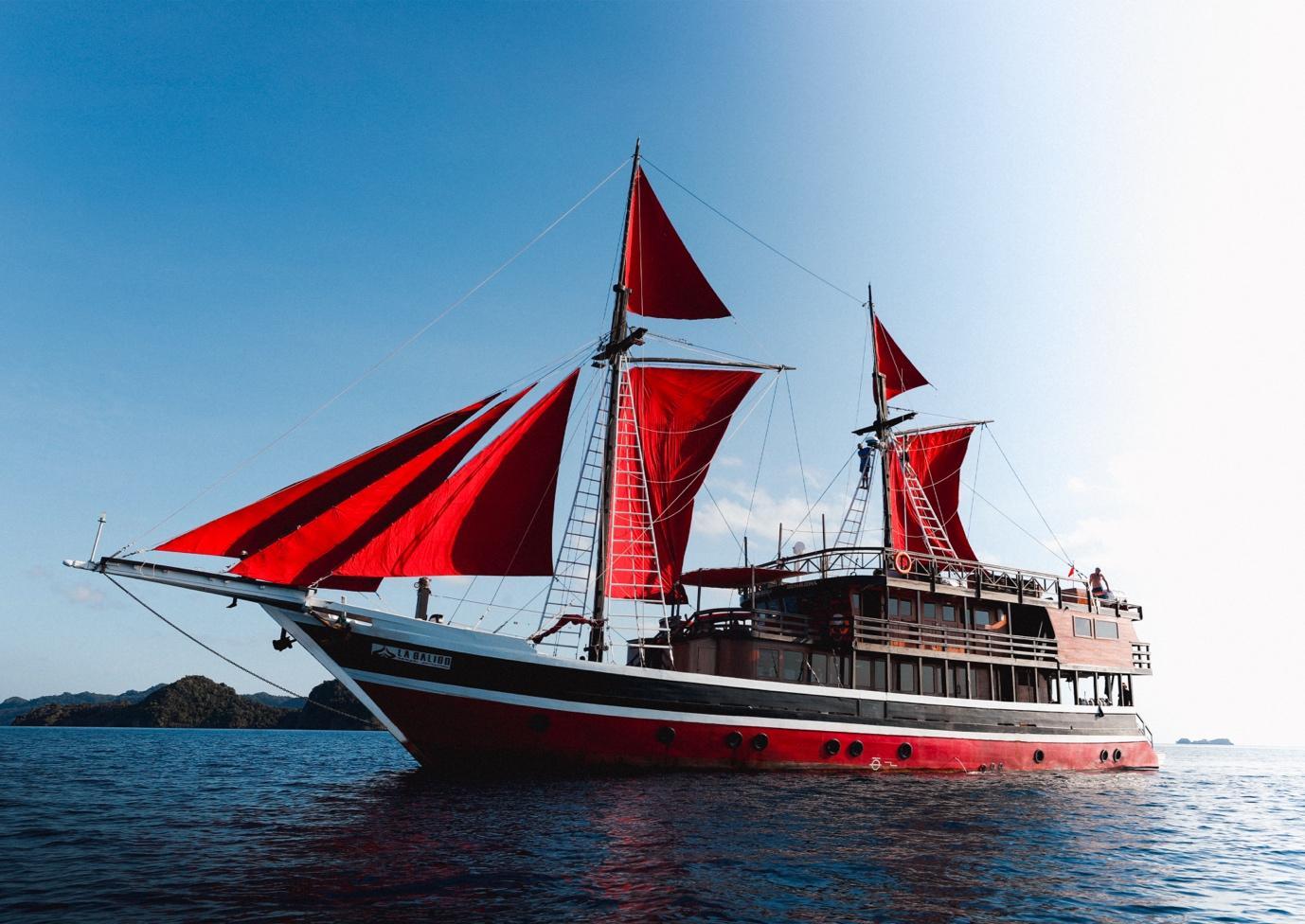
La Galigo is known as one of the best liveaboard diving boats in Raja Ampat Indonesia, and it offers trips to well-known diving destinations such as Komodo and Raja Ampat. The Coral Triangle is located in Indonesia, which has the highest marine biodiversity on the planet.
La Galigo Liveaboard Diving was founded in 2015 by two avid divers who wanted to explore some of Indonesia’s pristine reefs but found that all existing scuba diving options were frequently out of their budget, and wanted to provide an affordable option for everyone to be able to explore these beautiful places.
La Galigo Liveaboard Diving in Raja Ampat & Komodo is a friends and family affair, and our liveaboard diving trips are always focused on fun, safety, guest comfortability, and are exceptional value for money. Our trip prices range from $2,160 for a six-day Komodo liveaboard diving trip to $3,815 for an eight-day Raja Ampat liveaboard diving trip. The price includes four meals a day, diving or snorkelling three to four times a day, and land tours.



